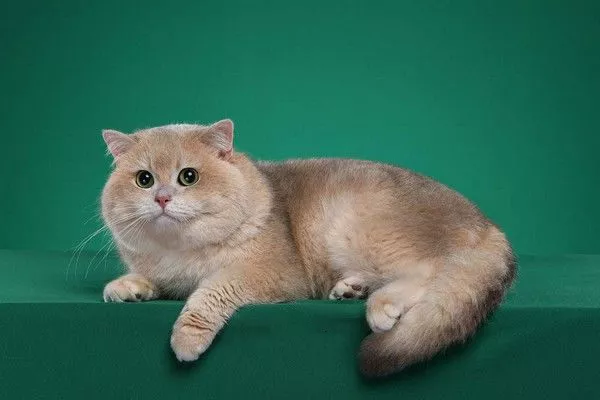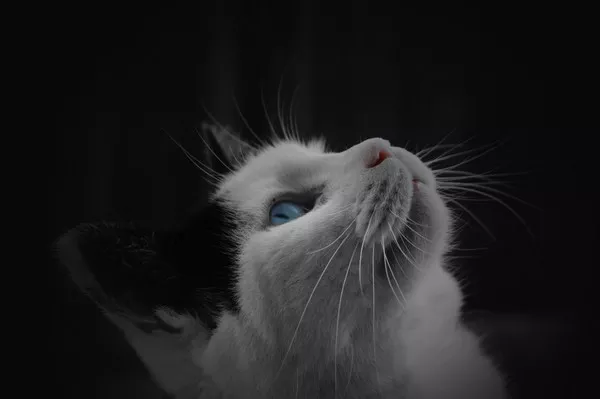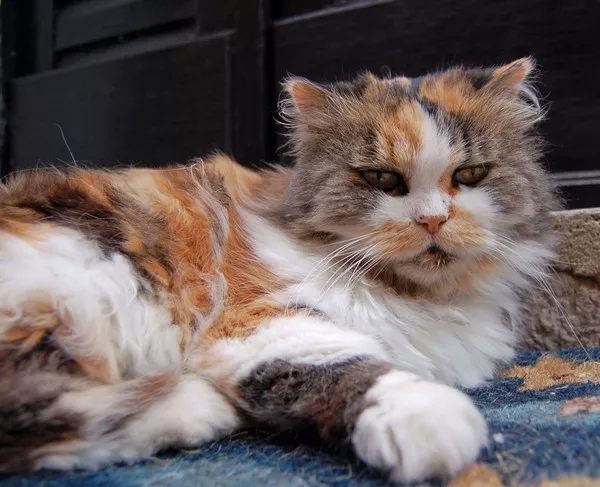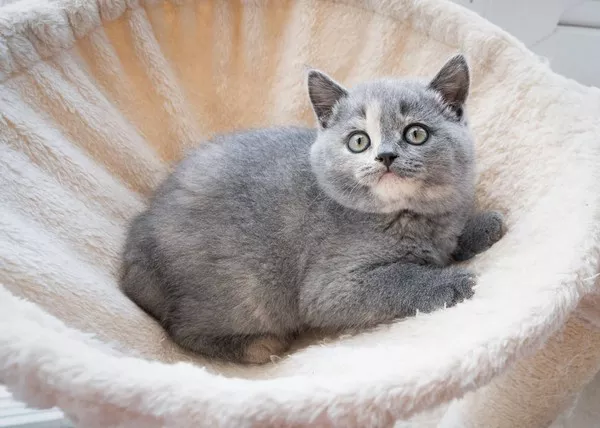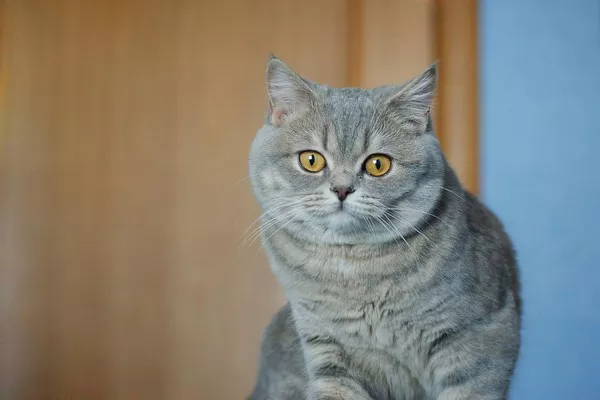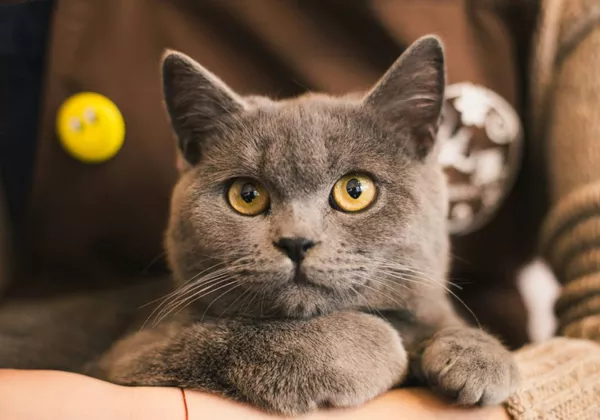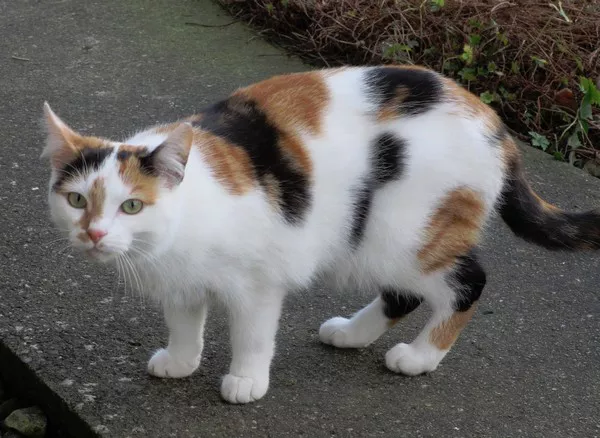British Shorthair cats are known for their distinctive appearance, characterized by round faces, chubby cheeks, and dense, plush coats. Renowned as one of the oldest and most beloved cat breeds, British Shorthairs are often admired for their calm demeanor and affectionate nature. However, there are common misconceptions surrounding their cuddliness and temperament. In this article, we delve into the world of British Shorthair cats, debunking myths and exploring whether they are truly cuddly companions.
The British Shorthair: A Brief Overview
Before delving into their cuddliness, let’s first understand the origins and characteristics of British Shorthair cats.
Origins and History
The British Shorthair is one of the oldest domestic cat breeds, with origins dating back to ancient Rome. These cats were prized for their mousing abilities and were brought to Britain by the Romans, where they eventually evolved into the breed we know today. The breed gained popularity in the late 19th century, thanks to its appearance in cat shows and its depiction in art and literature.
Physical Characteristics
British Shorthair cats are known for their sturdy build, round faces, and dense, plush coats. They have large, expressive eyes, short noses, and a distinctive “smile” caused by their chubby cheeks. The breed comes in a wide variety of colors and patterns, including blue (gray), cream, black, white, and tabby.
Temperament and Personality Traits
British Shorthair cats are known for their calm, laid-back demeanor and gentle disposition. They are typically described as affectionate, easygoing, and tolerant, making them well-suited for families with children and other pets. While they may not be as outgoing or attention-seeking as some breeds, British Shorthairs form strong bonds with their owners and enjoy spending time in their company.
Debunking the Myth: Are British Shorthair Cats Cuddly?
There is a common misconception that British Shorthair cats are not cuddly or affectionate. This belief may stem from their independent nature and reserved demeanor. However, the reality is that British Shorthairs can be quite cuddly and affectionate, albeit in their own unique way.
1. Individual Variation
Like all cats, the cuddliness of British Shorthairs can vary significantly from one individual to another. While some may be more aloof or independent, others may crave human affection and enjoy snuggling up with their owners. It’s essential to recognize that each cat has its own personality and preferences, regardless of breed.
2. Bonding and Trust
Building a strong bond with your British Shorthair cat is key to fostering a cuddly and affectionate relationship. Spending quality time together, providing plenty of opportunities for physical contact and positive reinforcement, and respecting your cat’s boundaries are essential for earning their trust and affection.
3. Socialization and Early Experiences
The socialization and early experiences of a British Shorthair cat can also influence their cuddliness and temperament. Cats that are raised in a loving and nurturing environment, exposed to various people, animals, and stimuli from a young age, are more likely to develop into confident, sociable adults who enjoy human interaction and affection.
4. Breed Traits vs. Individual Personality
While breed traits can provide general insights into a cat’s temperament, it’s important to remember that individual personality plays a significant role in determining their cuddliness and behavior. While British Shorthairs are known for their calm and gentle nature, there are always exceptions, and each cat should be evaluated based on their unique characteristics and preferences.
Tips for Encouraging Cuddliness in British Shorthair Cats
If you’re hoping to encourage cuddliness in your British Shorthair cat, consider the following tips:
1. Respect Their Boundaries
British Shorthair cats appreciate their independence and may not always be in the mood for cuddling. Respect their boundaries and signals, such as tail flicking or ears flattening, indicating that they prefer to be left alone.
2. Provide Comfortable Spaces
Create comfortable and inviting spaces where your British Shorthair can relax and feel secure. Provide cozy beds, blankets, and perches where they can retreat and enjoy some quiet time away from the hustle and bustle of the household.
3. Offer Positive Reinforcement
Use positive reinforcement techniques, such as praise, treats, and gentle petting, to encourage cuddly behavior in your British Shorthair. Reward them when they seek out affection or initiate physical contact with you.
4. Be Patient and Persistent
Building trust and fostering a cuddly relationship with your British Shorthair may take time and patience. Be consistent in your interactions, and gradually introduce physical contact in a gentle and non-threatening manner.
Conclusion
While there may be misconceptions surrounding the cuddliness of British Shorthair cats, the reality is that they can be affectionate and loving companions. Like all cats, their temperament and behavior are influenced by a variety of factors, including individual personality, socialization, and early experiences. By understanding and respecting their unique preferences and boundaries, providing opportunities for positive reinforcement and bonding, and being patient and persistent in your interactions, you can cultivate a strong and loving relationship with your British Shorthair cat. Whether they prefer to snuggle up on your lap for a cozy cuddle session or keep a watchful eye from a comfortable perch, British Shorthairs have a special way of bringing joy and companionship to their owners’ lives.

